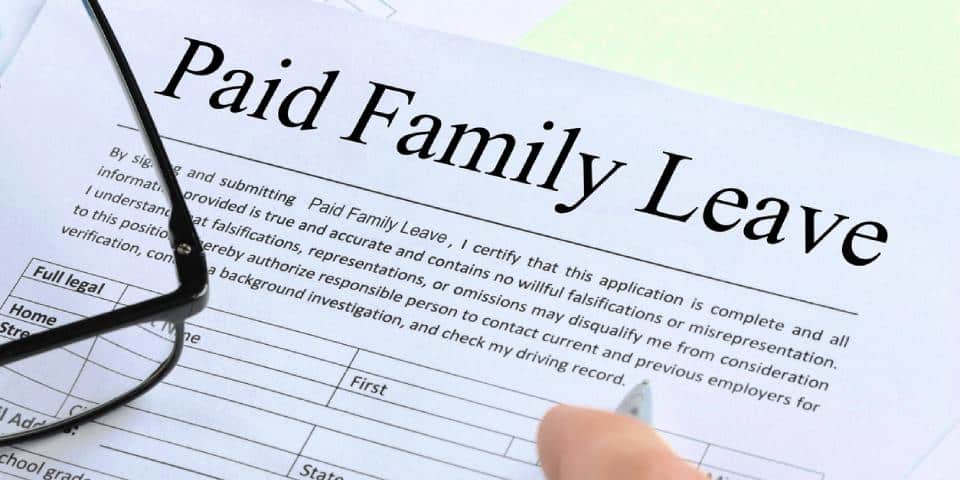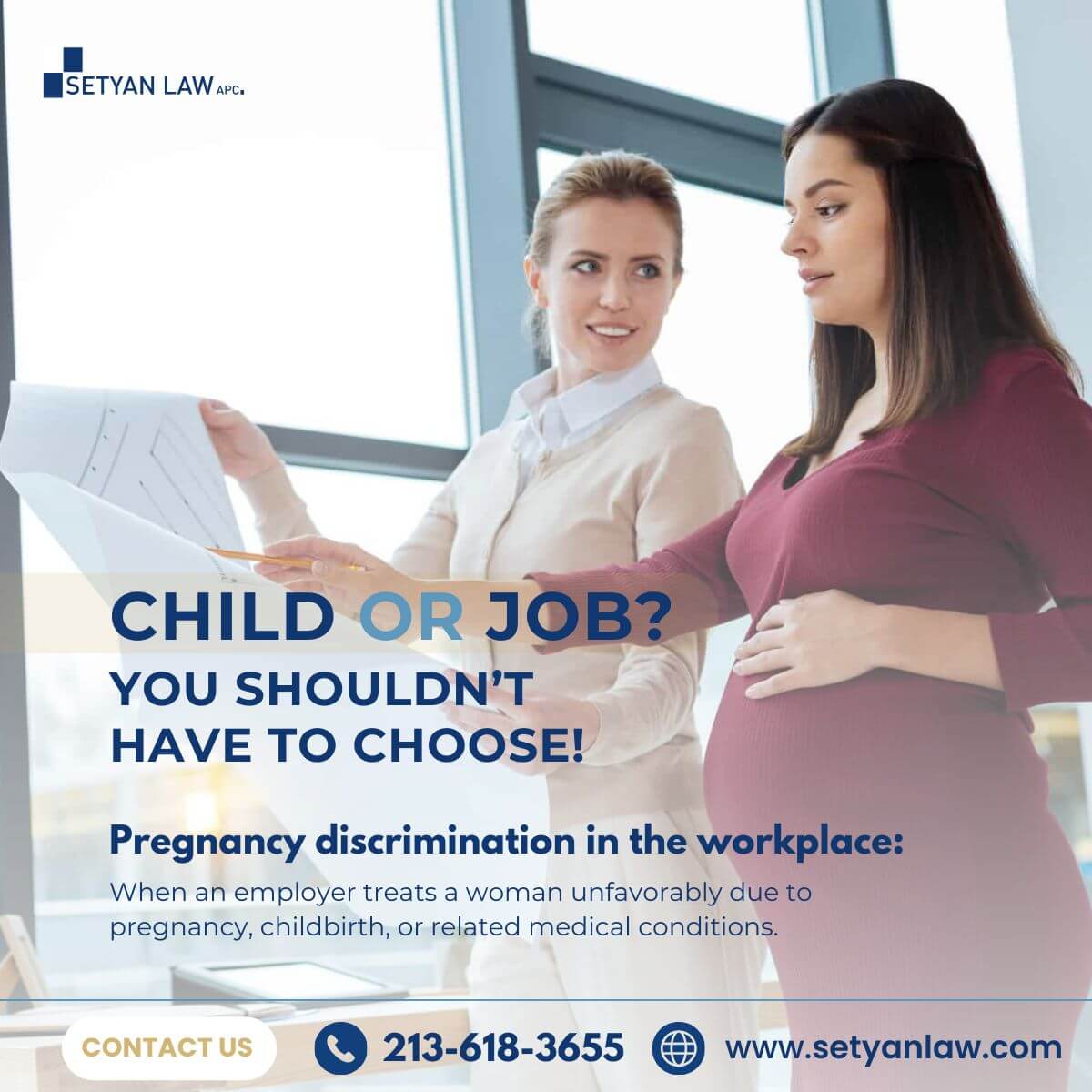Updated June 13, 2024
Empowering Workers with Paid Leave for All
In the United States, access to paid leave has long been an elusive privilege, leaving many workers to face the difficult choice between caring for their loved ones or keeping their jobs. However, a growing movement known as “Paid Leave for All” is striving to change this reality and ensure that all workers have the support they need during life’s most critical moments. This comprehensive article delves into the intricacies of paid leave policies, their benefits, and the momentum building across the nation to make this fundamental right a reality for all.
The Importance of Paid Leave
Paid leave is not merely a matter of convenience, but a fundamental necessity that strengthens families, communities, and the nation as a whole. When workers are able to take time off to recover from illness, welcome a new child, or care for a loved one, it not only benefits the individual but also has far-reaching positive impacts on public health, economic stability, and social well-being. Yet, the United States remains one of the few developed countries in the world without a national paid leave policy, leaving millions of workers vulnerable and unprepared when life’s challenges arise.
The Toll of Lacking Paid Leave
The consequences of the absence of a comprehensive paid leave policy in the United States are profound. Only 24% of workers have access to paid family leave through their employers, and a mere 40% have access to short-term disability insurance. This means that when a serious illness or caregiving need arises, many workers are forced to choose between their family’s wellbeing and their paycheck. The impact of this is staggering, with nearly one in four employed mothers returning to work within two weeks of giving birth and one in five retirees leaving the workforce earlier than planned to care for a loved one.
The Potential of Paid Leave
Conversely, the potential benefits of a national paid leave policy are immense. Studies have shown that implementing such a program would yield millions of jobs, billions in wages, and trillions in economic output. Moreover, the overwhelming majority of voters across the political spectrum, as well as a significant majority of small business owners, support the establishment of a comprehensive federal paid family and medical leave program. This widespread public support, coupled with the demonstrated economic and social advantages, underscores the urgent need for policymakers to prioritize this transformative initiative.
The Landscape of Paid Leave Laws
While the federal government has yet to enact a nationwide paid leave policy, a growing number of states and localities have taken matters into their own hands, implementing their own programs to provide workers with the support they need.
State-Level Paid Leave Initiatives
To date, 13 states and the District of Columbia have passed laws establishing paid family and medical leave programs, each with its own unique set of eligibility requirements, benefit levels, and covered needs. These states include California, Colorado, Connecticut, Delaware, Maine, Massachusetts, Maryland, Minnesota, New Jersey, New York, Oregon, Rhode Island, and Washington. Additionally, Hawaii has a law providing paid temporary disability leave, and Puerto Rico has laws offering paid temporary disability and maternity leave.
Voluntary Paid Leave Programs
In contrast to the state-mandated programs, a few states have taken a more voluntary approach to paid leave. New Hampshire, Vermont, and Virginia have enacted laws that allow private sector employers or employees to opt-in to purchasing private family or medical leave insurance coverage, rather than guaranteeing a universal right to paid leave.
Understanding the Differences
The various state-level paid leave initiatives differ in their specific provisions, including the types of leave covered, the length of time benefits are available, the wage replacement rates, and the funding mechanisms. Some programs provide job protections and continued health insurance coverage, while others focus solely on the provision of cash benefits. Navigating these nuances is crucial for workers to understand their rights and access the support they need.
The Anatomy of Paid Leave Policies
Paid leave policies can encompass a range of benefits, each designed to address the diverse needs of workers and their families. Understanding the key components of these policies is essential for ensuring that they effectively meet the evolving demands of the 21st-century workforce.
Medical Leave
Medical leave policies provide compensation for workers who need to take time off work due to their own serious health condition, such as an illness, injury, or medical procedure. These policies often draw upon short-term disability insurance programs, which are available to a significant portion of the private sector workforce, though access is still uneven.
Parental Leave
Parental leave, also known as maternity, paternity, or bonding leave, covers the time off needed to welcome a new child into the family, whether through birth, adoption, or foster care placement. This type of leave is crucial for allowing parents to bond with their children and adjust to the demands of parenthood.
Caregiving Leave
Caregiving leave enables workers to take time off to care for a loved one with a serious health condition, such as a spouse, parent, or child. This provision recognizes the important role that family members play in providing care and support during times of illness or disability.
Deployment-Related Leave
Deployment-related leave addresses the unique needs of military families, allowing workers to take time off to handle legal, financial, or personal matters related to a loved one’s active-duty service or short-term leave from deployment.
Safe Leave
Safe leave policies provide support for workers or their loved ones who are victims of domestic violence, sexual assault, or stalking, enabling them to seek legal recourse, relocate to a safe location, or access necessary medical and counseling services.
Defining “Serious Health Condition”
Across these various leave types, the term “serious health condition” is a crucial qualifier. Generally, this refers to an illness, injury, or other medical condition that requires inpatient care or ongoing treatment by a healthcare provider, encompassing both physical and mental health conditions.
Eligibility and Coverage
The accessibility and inclusivity of paid leave policies are crucial factors in ensuring that all workers, regardless of their employment status or industry, can benefit from these essential protections.
Who is Covered?
Paid family and medical leave laws typically cover all or nearly all private sector (non-government) employees within a state, and many also extend coverage to some or all state and local government workers. Importantly, these laws often include provisions for self-employed individuals, such as sole proprietors, freelancers, and independent contractors, allowing them to voluntarily opt into coverage.
Eligibility Requirements
To be eligible for paid leave benefits, workers generally must meet certain thresholds related to their earnings, length of employment, or a combination of both. In most state programs, workers can combine earnings or time worked from multiple covered employers to meet these requirements, ensuring that the benefits remain portable as they move between jobs.
Employment Protections
While all state paid leave laws provide the right to cash benefits, some also offer additional employment protections, such as the right to job reinstatement, continuation of health insurance coverage, and protection against discrimination or retaliation. The specific employment rights granted vary across different state programs, and workers may need to meet additional requirements to be eligible for these protections.
Benefit Structures and Funding
The design and funding mechanisms of paid leave policies play a crucial role in determining their accessibility, adequacy, and long-term sustainability.
Wage Replacement Rates
Paid leave benefits are typically calculated as a percentage of the worker’s own income, known as the wage replacement rate. States have adopted either a flat rate, where all workers receive the same percentage of their wages, or a progressive rate, where lower-income workers receive a higher percentage of their income compared to higher-earning individuals.
Benefit Caps and Durations
Nearly all state paid leave programs provide at least 12 weeks of benefits, with some offering even longer durations, especially for medical leave. These benefits can be used continuously or intermittently, depending on the worker’s needs and the specific rules of the program.
Funding Mechanisms
Paid leave programs are structured as insurance systems, with employees, employers, or a combination of both contributing through payroll deductions. The collected funds are then used to provide benefits to workers when they need to take qualifying leave. States vary in the exact structures of their insurance systems, with most offering a government-run fund as the default option, while also allowing employers to provide private plans that meet certain requirements.
The Impact of Paid Leave
The implementation of comprehensive paid leave policies has the potential to yield far-reaching benefits for workers, families, businesses, and the broader economy.
Improved Public Health Outcomes
By enabling workers to take the necessary time off to recover from illness or care for a loved one, paid leave policies can help prevent the spread of infectious diseases, promote better long-term health outcomes, and reduce the burden on the healthcare system.
Enhanced Economic Stability
Paid leave programs have been shown to increase labor force participation, boost wages, and contribute to overall economic growth. By providing a safety net for workers, these policies can help families weather unexpected financial challenges and maintain their economic footing.
Strengthened Families and Communities
The availability of paid leave allows workers to prioritize their family’s wellbeing, fostering stronger bonds, improved child development, and more resilient communities. This, in turn, can lead to positive social impacts, such as reduced reliance on public assistance and improved educational and employment outcomes.
Benefits for Businesses
Contrary to common misconceptions, paid leave policies can actually benefit businesses by enhancing employee retention, productivity, and morale, while also contributing to a more stable and skilled workforce. This, in turn, can translate into cost savings and improved competitiveness for employers.
The Momentum for Change
The growing momentum for paid leave policies across the United States reflects the widespread recognition of their transformative potential and the urgency to address the needs of workers and their families.
Public Support and Advocacy
Surveys have consistently shown that a supermajority of voters, regardless of political affiliation, support the implementation of a national paid family and medical leave program. This broad-based public support has fueled a growing advocacy movement, with organizations like “Paid Leave for All” leading the charge to turn this urgent need into a political reality.
Legislative Efforts
At the federal level, significant progress has been made, with the U.S. House of Representatives passing a paid leave proposal as part of the Build Back Better Act. Additionally, the Family and Medical Insurance Leave (FAMILY) Act has been revised and reintroduced for the 118th Congress, further demonstrating the growing political will to address this critical issue.
State-Level Advancements
The state-level paid leave initiatives described earlier have been instrumental in driving the national conversation and serving as models for future federal legislation. As more states adopt their own programs, the pressure on the federal government to enact a comprehensive national policy continues to mount.
The Path Forward
The journey towards universal paid leave in the United States is ongoing, but the momentum for change is palpable. By understanding the complexities of existing policies, recognizing the profound benefits of paid leave, and advocating for further advancements, we can work together to ensure that no worker is ever forced to choose between their family’s wellbeing and their economic security.
Continued Advocacy and Policy Development
Sustained advocacy efforts, coupled with rigorous policy research and analysis, will be crucial in driving the paid leave agenda forward. Collaborations between policymakers, employers, labor organizations, and community stakeholders will be essential in crafting legislation that meets the diverse needs of the modern workforce.
Fostering Equity and Inclusivity
As paid leave policies continue to evolve, it will be vital to ensure that they address longstanding inequities and provide equitable access to all workers, regardless of their employment status, industry, or socioeconomic background. This will require ongoing attention to issues of accessibility, eligibility criteria, and the specific needs of marginalized communities.
Embracing a Holistic Approach
Paid leave is not a standalone solution, but rather one component of a broader care infrastructure that must be developed to support workers and their families. Integrating paid leave with other policies, such as affordable childcare, paid sick time, and flexible work arrangements, will create a more comprehensive and effective support system for workers.
By embracing the transformative potential of paid leave for all, we can unlock a future where workers are empowered to care for themselves and their loved ones without sacrificing their economic security. This vision of a more equitable and resilient society is within our reach, and the time to act is now.
If you have faced labor violations at work due to your disability or have been terminated from your employment illegally, contact an Setyan Law. We are dedicated to helping you fight for the justice you deserve.
Call (213)-618-3655 for a consultation.






